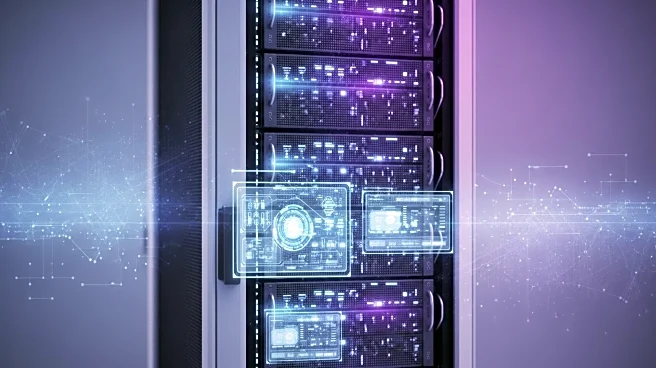What's Happening?
Akamai's Hunt Team has identified a new strain of cryptomining malware that targets exposed Docker APIs. This variant, first reported in June 2025, has evolved from previous methods that relied on Docker escape techniques. The malware now focuses on setting up backdoors and persistence, while also blocking API access to competitors. According to Yonathan Gilvarg, a senior security researcher at Akamai, the malware does not drop a cryptominer but instead deploys a file containing tools and infection capabilities beyond those of the original strain. The malware was last observed in August 2025 within Akamai's infrastructure of honeypots.
Why It's Important?
The evolution of this malware highlights the increasing sophistication of cyber threats targeting containerized environments. By monopolizing the attack surface and blocking API access to rivals, the malware could potentially disrupt operations and compromise security for organizations using Docker. This development underscores the need for enhanced security measures to protect exposed APIs and prevent unauthorized access. The potential for the malware to evolve into a more complex botnet poses significant risks to network security and data integrity, affecting industries reliant on container technology.
What's Next?
Organizations using Docker should prioritize securing their APIs and implementing robust firewall settings to prevent unauthorized access. Security teams may need to monitor for signs of backdoor installations and persistence mechanisms. As the malware evolves, it is crucial for cybersecurity professionals to stay informed about new variants and adapt their defenses accordingly. Akamai's ongoing research and monitoring efforts will likely continue to provide insights into the malware's behavior and potential threats.
Beyond the Headlines
The emergence of this malware variant raises ethical and legal questions about the responsibility of software providers to secure their platforms against such threats. It also highlights the cultural shift towards prioritizing cybersecurity in software development and deployment. Long-term, this could lead to increased collaboration between industry stakeholders to develop standardized security protocols for containerized environments.











